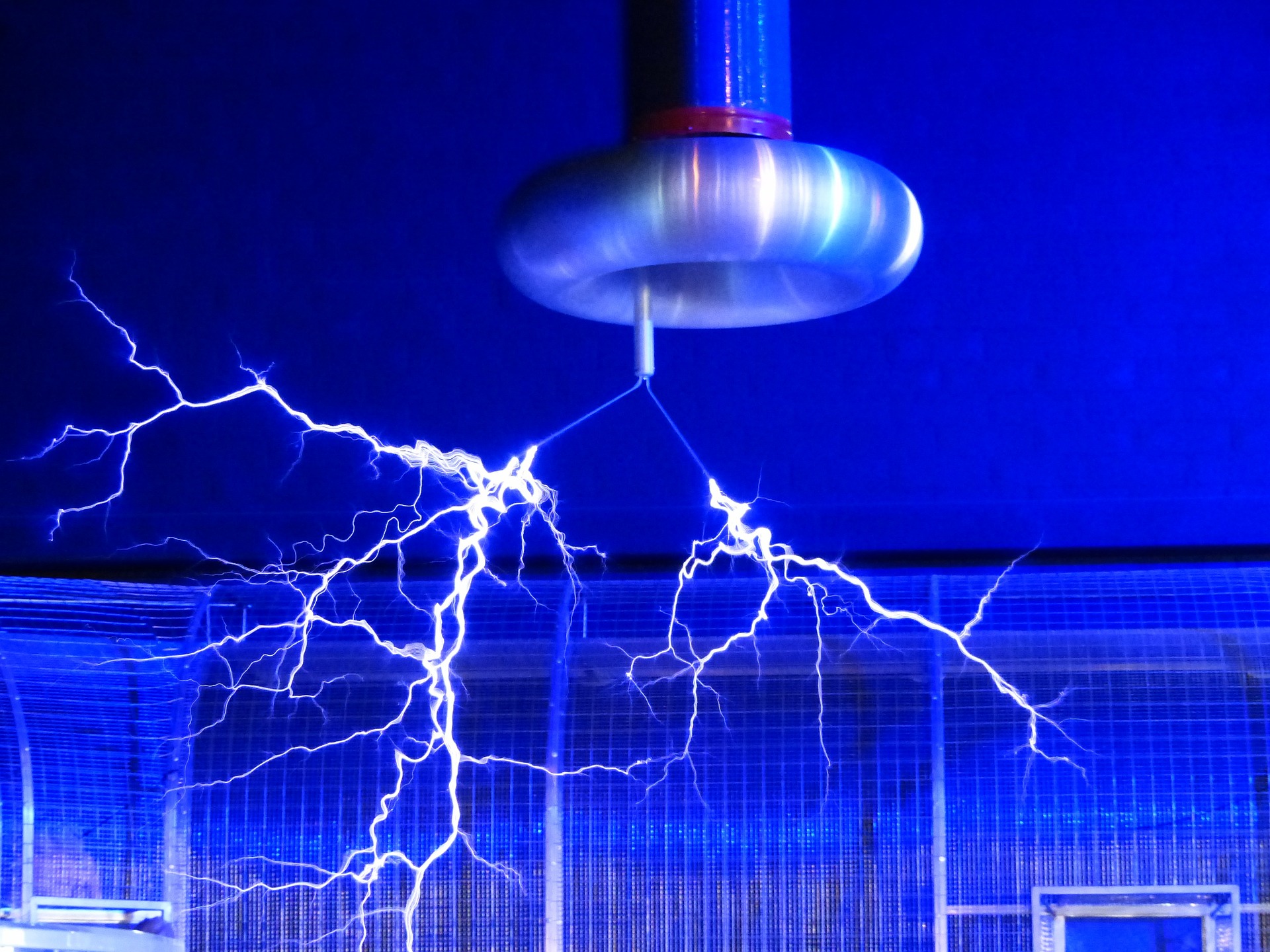California’s cement plants are the largest consumers of coal in the state. California is the second-largest cement producing state in the United States after Texas. More than 70 percent of the energy used in California’s cement industry is coal and petroleum coke, which are two of the most air-polluting fossil fuels.
In early 2019, we published a report titled “California’s Cement Industry: Failing the Climate Challenge”. In that report we analyzed the current status of cement and concrete production in California, and benchmarked the energy use and CO2 emissions intensity of the state’s cement industry in comparison to other key cement-producing countries. The study presented in this report is a follow up to that study.
The goal of this study supported by the ClimateWorks Foundation is to develop a roadmap for decarbonization of California’s cement and concrete production. In this study, we develop scenarios up to 2040 to analyze different decarbonization levers that can help to reduce CO2 emissions of cement and concrete production in California. We included four key major decarbonization levers in our analysis, which are: energy efficiency, fuel switching, clinker substitution, and carbon capture, utilization, and storage (CCUS).
Under the business-as-usual (BAU) scenario, the total CO2 emissions from California’s cement industry will increase from 7.9 MtCO2 per year in 2015 to 10.7 MtCO2 per year in 2040, a 36% increase. Under the study’s Advanced Technology and Policy (Advanced) scenario, the total CO2 emissions from California’s cement industry will decrease to about 2.5 MtCO2 per year in 2040, a 68% reduction compared to the 2015 level, while cement production increases by 42% from 9.9 Mt in 2015 to 14.1 Mt in 2040.
To read the full report and see complete results and analysis of this new study, download the report from this link.
Don't forget to Follow us on LinkedIn , Facebook and Twitter to get the latest about our new blog posts, projects, and publications.








































